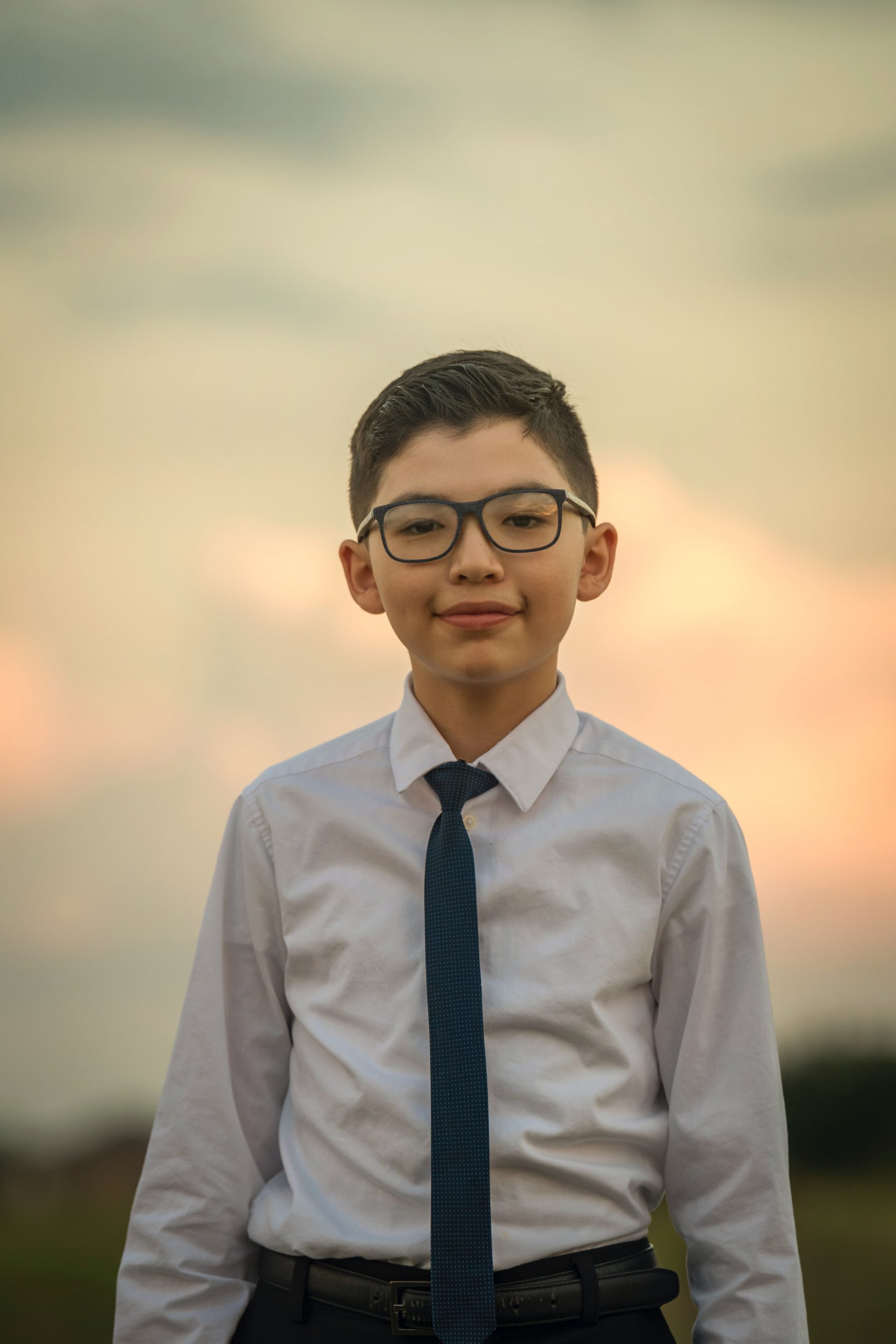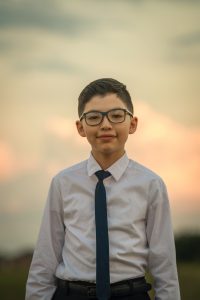Four-year clinical trial of Esillor´s Stellest lens released


Latest findings released, for the first time, show sustained myopia control efficacy of the lens in children, saving more than one and a quarter dioptres of myopia over four years. Four–year data follows the recent publication of the three–year clinical trial findings in American Journal of Ophthalmology, which also highlights evidence of continued myopia control efficacy of the lens
EssilorLuxottica presented the four–year clinical trial results of its myopia control lens Essilor Stellest for the first time at the 2023 ARVO annual meeting in New Orleans, United States. The findings show that Essilor Stellest lenses continue to exhibit strong efficacy in slowing myopia progression and axial eye elongation in children in the fourth year.
The clinical trial which began in 2018 was conducted at the Eye Hospital of Wenzhou Medical University in Wenzhou, China. The study assessed the four–year increase of myopia and axial eye length of children who wore spectacle lenses with highly aspherical lenslets (HAL). Essilor Stellest lenses are based on the optical design of HAL lenses.
The clinical trial which began in 2018 was conducted at the Eye Hospital of Wenzhou Medical University in Wenzhou, China. The study assessed the four–year increase of myopia and axial eye length of children who wore spectacle lenses with highly aspherical lenslets (HAL). Essilor Stellest lenses are based on the optical design of HAL lenses.
The key findings from the study include:
– HAL lenses saved more than one and a quarter dioptres of myopia on average over four years, demonstrating conclusive evidence of their effectiveness in slowing down myopia progression in children in the fourth year.
– Myopia progression and axial eye elongation in children wearing HAL lenses was slower compared to a
modelled control single vision lens group, again indicating sustained myopia control efficacy of the lenses in the fourth year.
– HAL lenses remain effective in slowing myopia progression and axial eye elongation in older children (11–16 y.o.) in the fourth year.
– Myopia progression and axial eye elongation in children wearing HAL lenses was slower compared to a
modelled control single vision lens group, again indicating sustained myopia control efficacy of the lenses in the fourth year.
– HAL lenses remain effective in slowing myopia progression and axial eye elongation in older children (11–16 y.o.) in the fourth year.
The four–year results were presented by Dr. Björn Drobe from EssilorLuxottica’s R&D team. Dr. Yee Ling Wong from the R&D team presented findings from a study that evaluated the eye growth of children wearing spectacle lenses with aspherical lenslets and with single–vision lenses in comparison to eye growth patterns in non–myopic children in Wenzhou, China.
These findings concluded that the eye growth pattern in 9 out of 10 children wearing HAL lenses full–
time was similar or slower than that of non–myopic children, after two years. The release of the four–year data follows the recent publication of the three–year clinical trial findings in the medical journal American Journal of Ophthalmology, which also highlights evidence of continued myopia control efficacy of the
lens in slowing down myopia progression in children over three years.
time was similar or slower than that of non–myopic children, after two years. The release of the four–year data follows the recent publication of the three–year clinical trial findings in the medical journal American Journal of Ophthalmology, which also highlights evidence of continued myopia control efficacy of the
lens in slowing down myopia progression in children over three years.
When children switched to HAL lenses in the third year after two years of wearing single vision lenses, myopia progression and axial eye elongation decreased significantly, compared to children wearing single vision lenses. The link to the article can be found here.
Norbert Gorny, co–Chief Operating Officer at EssilorLuxottica, said, “We are proud to share the latest findings from our four–year study of the Essilor Stellest lens at ARVO, which demonstrate that the myopia control effect of the lens is sustainable over four years. We look forward to sharing additional data with the scientific community. Such encouraging, evidence–based findings will significantly help to enhance scientific understanding and clinical interest for myopia control solutions like the Essilor Stellest lens globally. To move the needle further, we will continue to advance myopia research, deliver innovative solutions, build partnerships to strengthen awareness and education, share insights and expertise at key conferences, and much more.”

